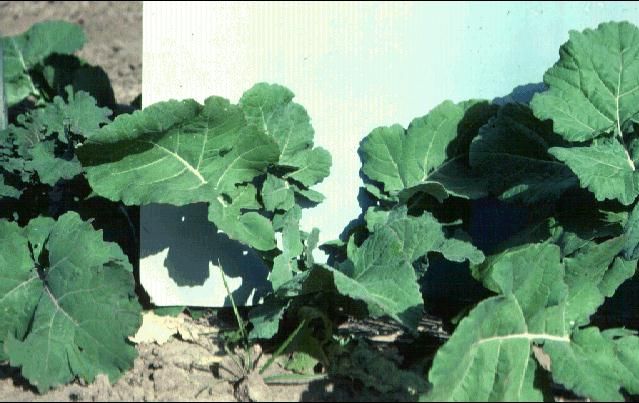Rape—Brassica napus L.1
Rape, also called colpa, colsa, colerape, tori, and chou oleifere, is a cool-season annual plant similar to turnip and rutabaga. Rape originated in northern Europe and was cultivated in the Mediterranean area. It is seldom found in Florida gardens and presently is of no commercial importance in the state. When grown, it has been observed to produce satisfactorily.

Credit: James M. Stephens, UF/IFAS
Description
The upright, many branched rape plants have rutabaga-like leaves that are 4–12 inches long, slick, and generally lobed. Unlike rutabagas, however, they have no swollen root, only a thin taproot. Rape is of two general kinds: the annual grown for seeds and the biennial grown for forage. The latter is the 'Dwarf Essex' variety.
Culture
Those wishing to try growing the rape plant should sow seeds in September through November in Florida; it will tolerate the cold season here. Culture and problems are similar to those for turnips, rutabaga, or kale. The rape plant looks very much like Siberian kale.
Use
The young leaves may be removed and cooked as a potherb much as kale or collards. Composition of the young leaves is 83.3% water, 2.9% protein, 1.7% fat, 11.2% carbohydrates, and 1.8% fiber.
Although rape is outlined here because of its usefulness as a vegetable, it has been grown primarily for green livestock fodder, its seed oil (called colza oil), and birdseed. At one time the oil was used in lamps and for lubrication. Prior to World War II, large quantities of rapeseed and oil were imported from Japan.


